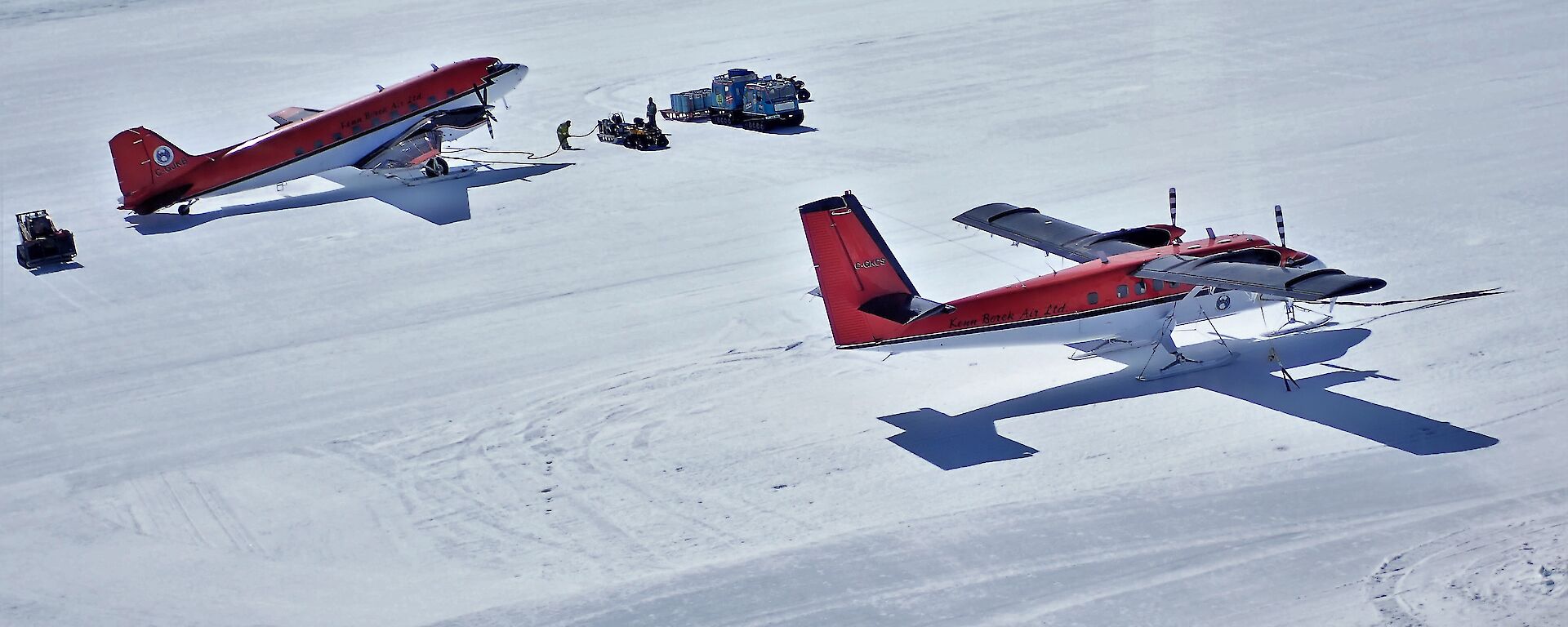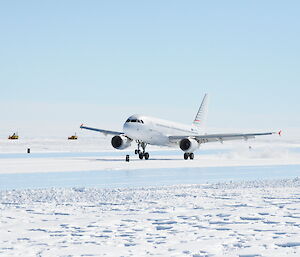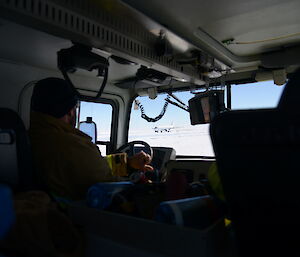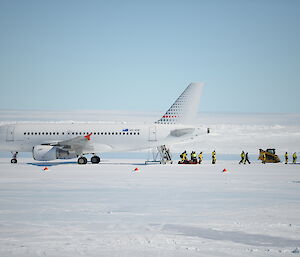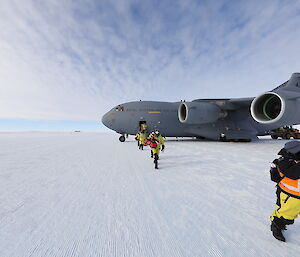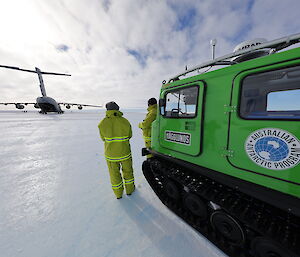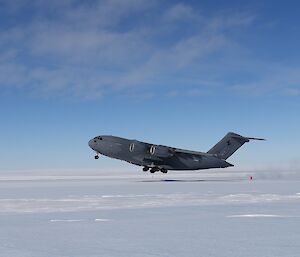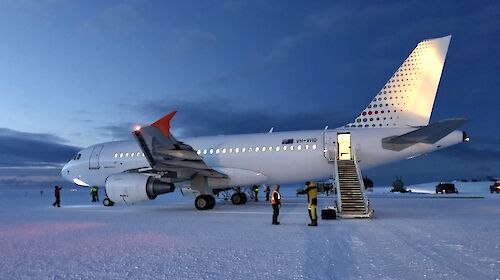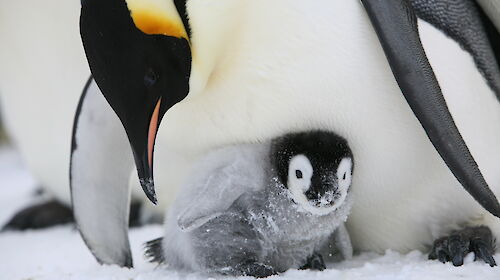The Australian Antarctic Division (AAD) aviation specialists and Cargo teams, alongside commercial crews, defence and hardworking airport staff make it all happen safely.
AAD Senior Aviation Operations Officer Matt Ryan said it had been a busy season in the skies.
“Over the summer of 2021-2022 nearly 350 passengers were transported on 15 return flights between Tasmania and Antarctica,” Mr Ryan said.
“Most took their seats on board an Airbus A319 with a modified long range fuel tank, while others boarded C-17A Globemasters with the support of the Royal Australian Air Force.”
On the way to Wilkins
Flights to Australia’s Antarctic Territory land at Wilkins Aerodrome – a blue ice runway roughly 70 kilometres from Casey research station.
Mr Ryan said the runway is only open during the flying season from October to March, with a shutdown over the height of summer due to ice melt.
An enormous amount of work goes into preparing the runway before each flight.
“We rely heavily on modern forecasting to identify suitable windows of opportunity for our flights,” Mr Ryan said.
“There are a number of moving parts - time taken for runway set-up and preparation varies according to the weather in the days leading up to a flight.”
“There might be heavy snow cover that needs clearing prior to the flight, or the runway surface might need grooming which requires specific weather conditions.”
“The small team on the ground is always reactive to what is presented to them.”
Antarctic weather is unpredictable and teams are often forced to reschedule, cancel or even turn around flights to work within set safety parameters.
Connecting the dots
Flying between stations on the continent were special ski-equipped Twin Otters and Basler Turbine DC3 aircraft flown by Canadian operators Kenn Borek.
“These flights are not only critical links in changing over station personnel but also help transport our international partners like the French and Italians to Concordia Station,” Mr Ryan said.
“They also helped deliver cargo to Dome C in preparation for the Million Year Ice Core project.”
Operation Southern Discovery
The Australian Defence Force (ADF), under Operation Southern Discovery, played a major role over the season assisting in everything from supplies to science.
“Among the chief accomplishments was the delivery of the Million Year Ice Core drill on board a C-17A Globemaster in November,” RAAF Wing Commander said Andrew Johnson said.
“This allowed Australian scientists to start testing the drill for the first time in Antarctica.”
In August 2021, the ADF also undertook an air drop of critical supplies to Mawson research station after sea ice prevented a resupply by ship.
“The airdrop required an in-flight refuelling of the C-17A by a KC-30A Multi-Role Tanker Transport, and special load preparation by Army’s 176 Air Dispatch Squadron,” Wing Commander Johnson said.
“Even in spite of the challenges presented by COVID-19 and other operational priorities, it’s a great point of pride for Defence personnel who are involved with Operation Southern Discovery.”
Hobart: Australia’s aviation gateway south
Unpredictable weather and challenges with COVID have put pressure on ground crews to adapt quickly to changing flight schedules.
Hobart Airport Chief Operating Officer, Matt Cocker said the airport worked very closely with both the AAD and ADF in facilitating both military and civilian support flights.
“These relationships have ensured we were able to manoeuvre around some obstacles caused by the recent COVID experience to ensure yet another successful Antarctic season,” Mr Cocker said.
“The Airport is looking forward to continuing to build the capability at the Airport to provide for increased operations into the future”.

